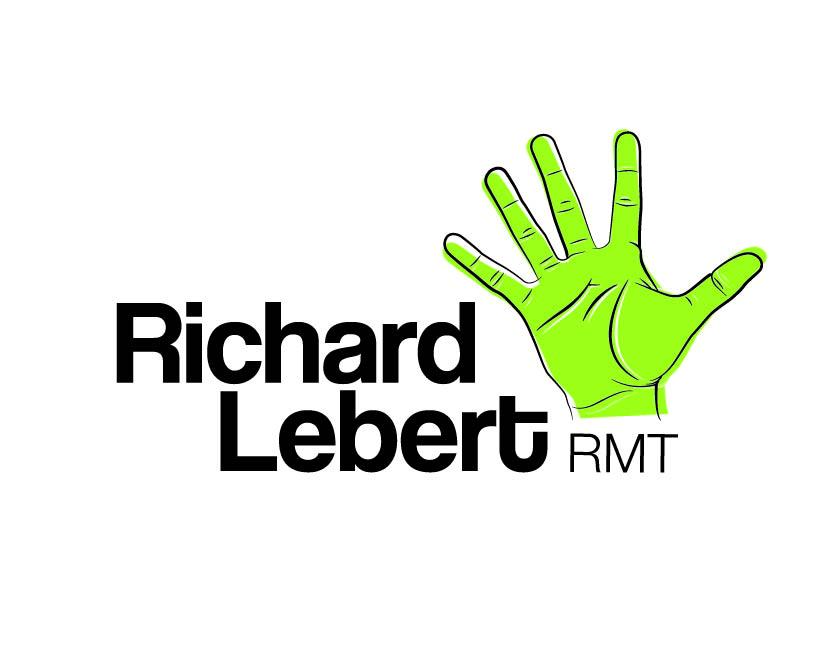Taking up running? Here’s what you need to know to make it to February
/"On your very first run your body will have become suddenly aware that it needs to remodel to match its new training loads. Our muscular system responds to training easily, and can repair and rebuild in a matter of days. And, because the heart and lungs are part of this system they too will improve rapidly. After just a few runs, the cardiorespiratory system will become more efficient making you feel fitter and stronger. And this is at the core of where most new runners get into trouble. The tragedy is that other soft structures, connective tissues like tendons and ligaments, are just as weak as when you stepped out for your very first run. They are slower to repair and remodel than muscles, and about ten days in to your new regime, they will probably have completed the adaptation from only your first run."
Read More






